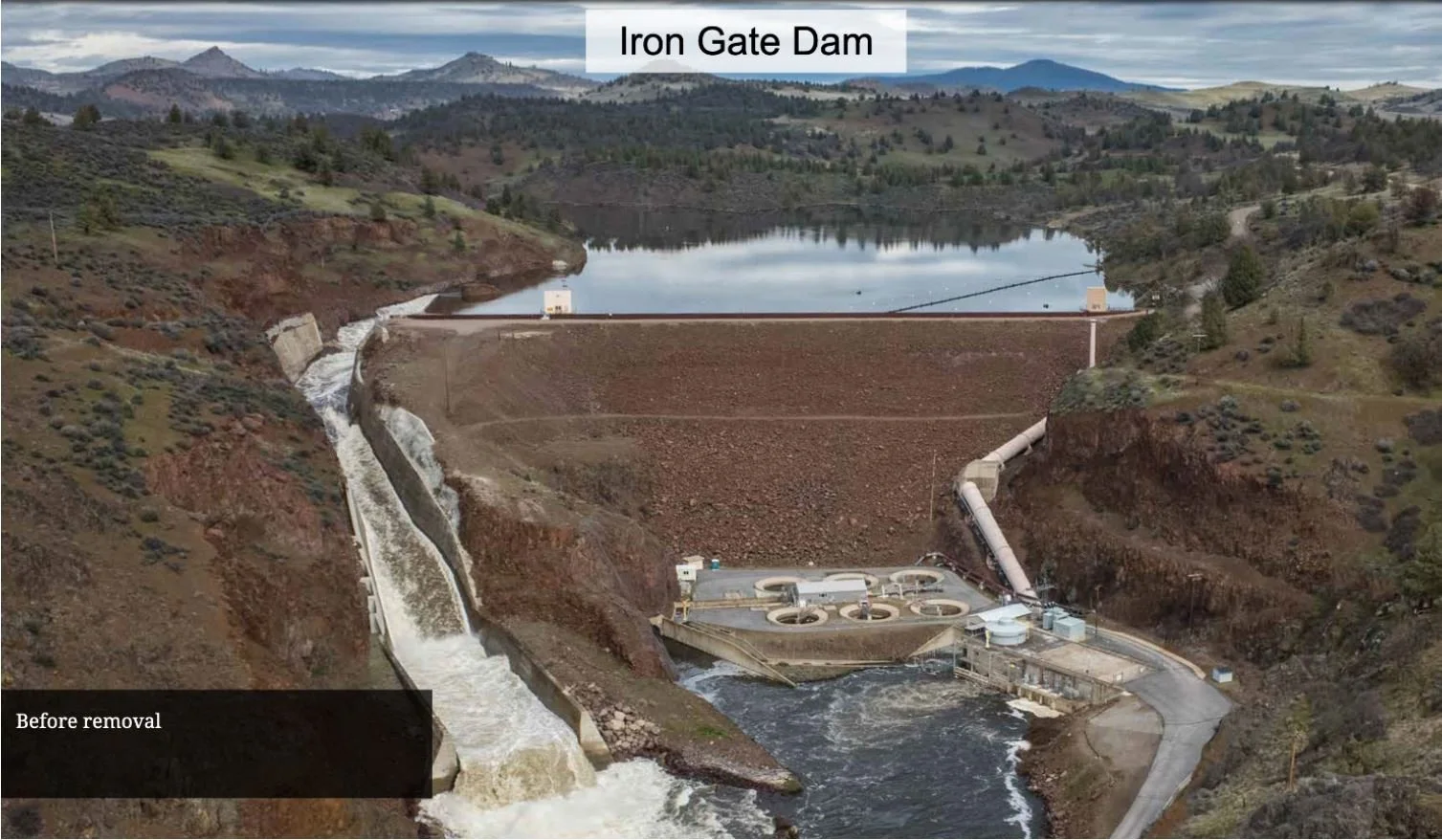Nothing can be more momentous to our community and restoration in the watershed than the removal of four dams on the Klamath River…
Read MoreDid you know that the Klamath River is home to three kinds of native mussels? Did you also know that these mussels spend a portion of their life cycle attached to fish gills? And more amazingly, only on specific fish species?!!!!!! Did you know that some of these native mussels live to be over a 100 years old? (They have age rings like a tree!) It is possible there are mussels in the Klamath River that have been there since the year 1918! Read on to find out more about the Klamath River’s native mussels.
Read MoreThis past spring, a contingent of fish habitat restorationists from around the Klamath River went up to Washington State to learn from four decades of salmon habitat restoration on the Olympic Peninsula and around the Puget Sound.
Read MoreThese habitats along the margins of a stream may not look like much to a casual onlooker, but when your whole world revolves around survival against steep odds, these side-channel sanctuaries can make a big difference, and in the world according to salmon, every little bit helps.
Read MoreQuitting fishing so early in life remains one of my biggest regrets. But if I’ve learned anything, it’s that you don’t have to slay fish, or even live in the Klamath to love what the people and salmon who live here represent. I love to see the shadowy shapes of wild salmon spiraling around in a deep hole in the river. I love to know that they’re there. I love that they spend their whole lives trying to get home, much as the rest of us seem to do. I love the cultures that have evolved around salmon in this place. Mostly, I love that catching them is the best therapy for my brother. And maybe someday his kids will have the patience to teach me to fish and I will feel brave enough to try again.
Read MoreThe journey of Klamath salmon is nothing short of miraculous. It is believed they swim thousands of miles by navigating the stars and smelling their way back to their home streams—all for the promise of procreation. Salmon are anadromous, meaning they are born in freshwater, migrate to the ocean, and then return to freshwater to spawn.
Read More





